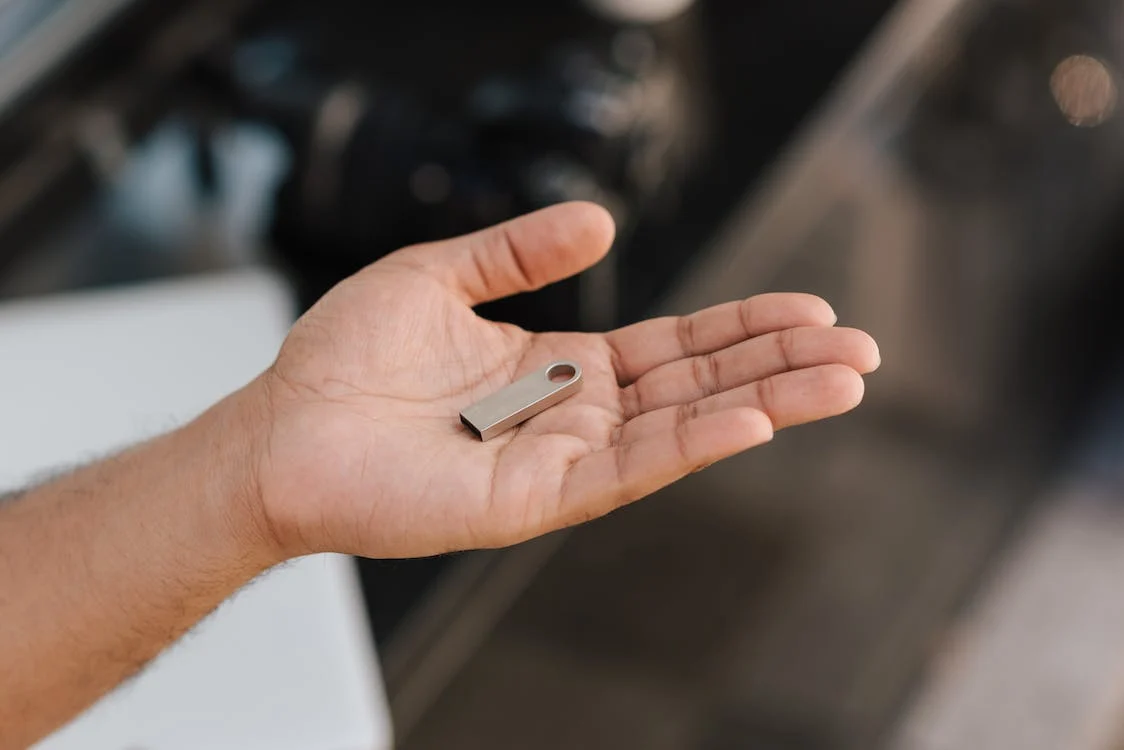While the standard hard disk drive (HDD) is considered a little archaic today, largely due to the popularity of cloud storage and solid state drives (SSDs), it remains an important invention in the history of computing. The first IBM 350 “disk file” appeared in 1956 with a total storage volume of 3.75Mb but modern devices can be found with a cavernous 20Tb of space, an exponential increase in size.
Flash drives, while commonly considered an invention all of their own, might be considered small SSDs. There are differences between the two but the fact that neither contains moving parts, unlike the CD player-style workings of an HDD, means that they have a lot in common. Of course, the most identifying feature of flash drives is their portability and usefulness in many different scenarios.
Medical Information
Increasingly, USB drives are cropping up in emergency manuals. A pre-prepared flash device has always been recommended as a salve for a laptop that can no longer boot on its own but usage today leans towards helping the human, too. The ExpressVPN website has created a graphic that specifies a raft of different storage media for emergency situations, whether that’s a broken-down computer or a natural disaster.
What’s on these drives? ExpressVPN states that important documents should be scanned or saved on a flash drive so they’re easy to access in case of a problem. These include birth certificates, passports, deeds, accreditations, insurance information, and driver’s licenses. While these can obviously assist with identification, they can also expedite replacement in the event of a loss.
Medical information is another thing that should be kept safe and sound on a USB drive and, ideally, encrypted beforehand. As part of a survival kit or “go-bag”, a medical flash drive serves the purpose of helping rescuers identify the owner and warn against the use of certain medicines or treatments. A person’s blood type and emergency contacts can also be helpful following an accident, for example.
Is all this necessary, though? The concept of disaster prep has long been associated with needless paranoia but climate change and its effects have softened the public’s opinion of a pessimistic worldview. A list of incidents in 2022 from Fast Company highlighted “unprecedented destruction” during the summer months, something that has abated towards the turn of autumn but never truly goes away.
First-aid Kit
Preparation, of all descriptions, should therefore be seen as a positive rather than a brief moment of madness. The American Red Cross provides a tutorial on its website for newcomers to survival kits. This particular bag is stuffed with a first-aid kit, water and food, a battery-powered radio, personal hygiene products, and maps of the local area. In fact, anything useful can be stored inside.
The one downside of the latter kit is that it highlights just how difficult long-term survival might be. A gallon of water per person, per day to cover a period of at least two weeks is the Red Cross’ recommendation. This raises the question of how citizens are supposed to store such a volume of water. States that offer tax breaks for rainwater harvestings, like Texas, Rhode Island, and Virginia, are at an advantage, though.
Overall, a survival kit can be a reasonably inexpensive way to protect against all sorts of daily occurrences, not just an angry supervolcano.

“Unapologetic communicator. Wannabe web lover. Friendly travel scholar. Problem solver. Amateur social mediaholic.”


